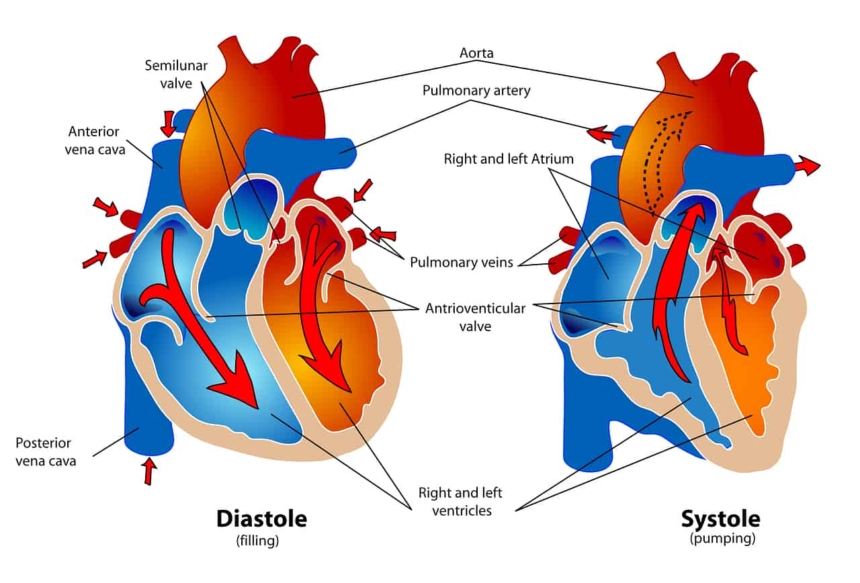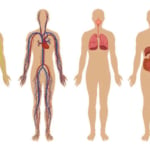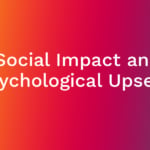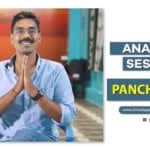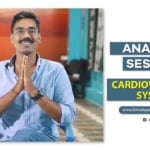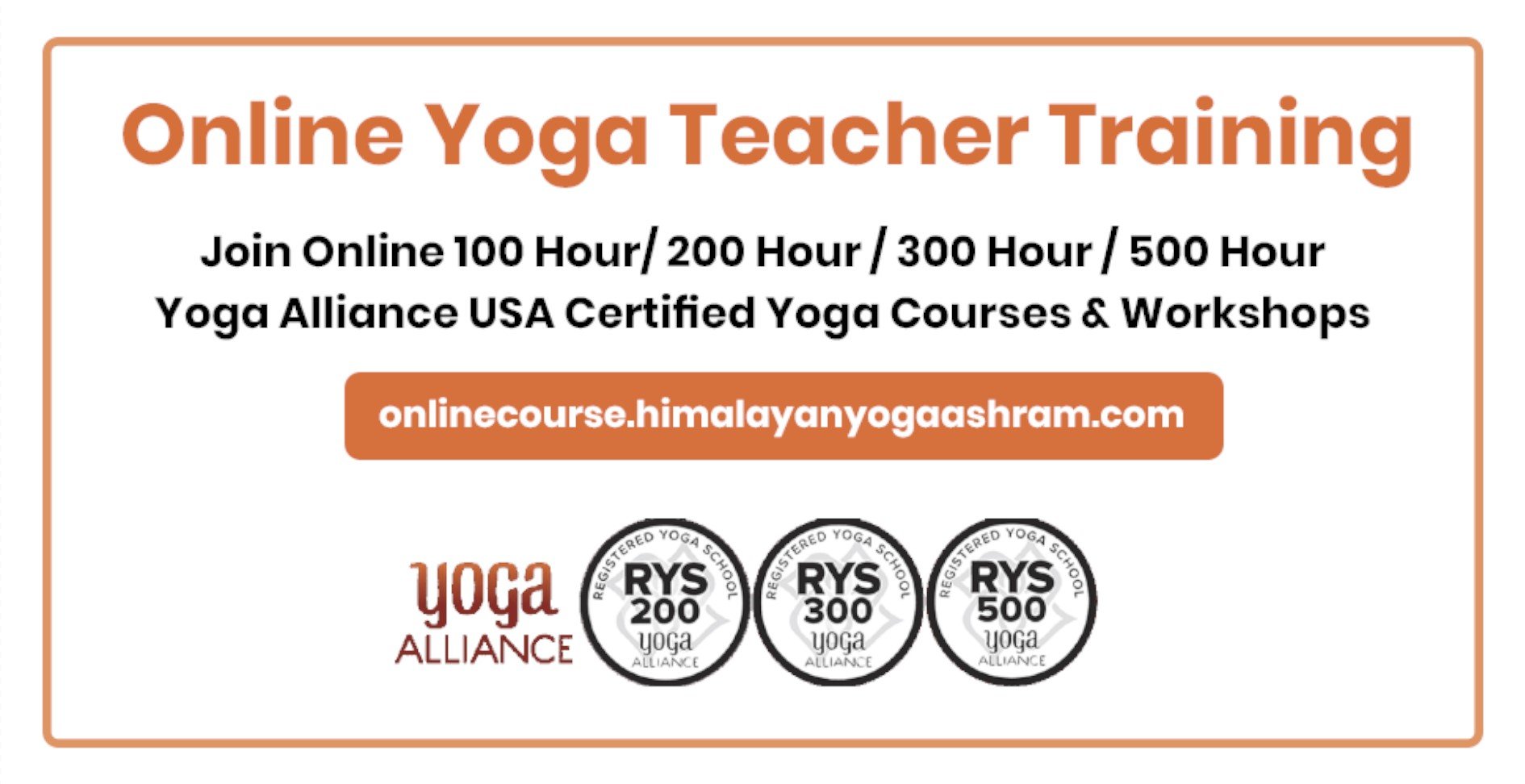Circulatory System
By Himanshu JoshiYogaanatomy, blood system, circular motion, Circulatory System, human bodyThe human heart is like a muscular bag that lets in impure blood through veins and lets out the pureblood through arteries. Veins carry impure blood but the arteries carry pure blood. Both veins and arteries are known as blood vessels. The blood carried by arteries is pure, red, and bright but the blood carried from the lungs to the heart is bright red and the pulmonary vein carries this blood.
The blood, due to the presence of fibrinogen in blood plasma, has the capacity to clot. But for the clotting phenomenon of the blood, oozing from a cut or injury would never have stopped flowing. But, if the clot occurs/forms within the vessels, a serious heart complication, called ‘thrombosis’ may set in. If the same clot forms in the brain, it is called ‘Cerebral Thrombosis’.
Read More :
- Human Anatomy Body
- How Human Body Functions | Himalayan Yoga Association(Opens in a new browser tab)
As the heart is an important organ of the body, and life would not have been possible without it, hence it requires a detailed description.
The heart is situated behind the breastbone and between lungs – more inclined towards the left side. It is divided into two, left and right, compartments which are further divided into two chambers, called Auricle and Ventricle. Between each auricle and ventricle, there is a non-return valve also that prevents the return of blood. The heart is like a non-stop pump that never ceases to work.
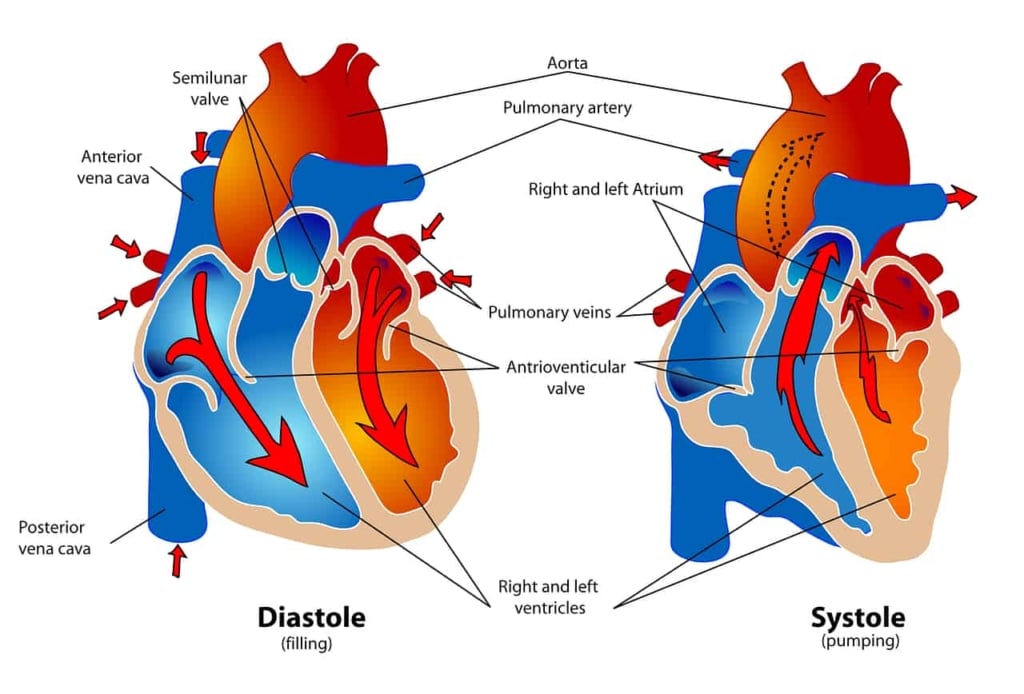
Cessation of heart actions results in death. Normally, we do not feel or notice the beating of the heart, as its beat sounds are neither noticed nor heard but, when we become aware of its beat, sounds are neither noticed nor heard but, when we become aware of its beats, it constitutes a disease (called palpitation).
When the heart expands, impure blood reaches (the upper) right auricle at the same time, purified blood also reaches the left auricle impure blood passes, through the valve, into the right ventricle (the lower right compartment), and the purified blood/passes through again to the heart. As the ventricles relax the valves open, the blood enters from the auricle to the ventricle. But when the ventricles contract, the valve goes into the lower compartment.
When the heart contracts it propels impure blood into the lungs for purification, and finally the purified blood can’t flow back into the auricle due to the reason that valves close under pressure of blood and the blood flows into arteries. When the heart contracts it is called ‘systole’ and when it expands it is called ‘diastole’.
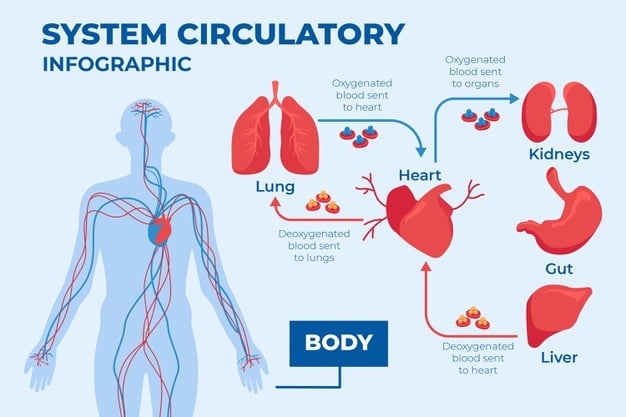
When blood pressure is measured the systolic reading should be between 120-130 mm and diastolic between 80-90 mm in an adult. The reading may be slightly higher in young persons and in old persons. But if the two parameters are exceeded, the disorder is called blood (high) pressure or hypertension and constitutes a serious disorder calling for immediate medical attention.
Throbbing pulsating often points out to high blood pressure, when it crosses 72 heart-beats per minute in an adult whereas, in the young ones it may touch even 100 which is considered to be normal.
In the brain, the centres that regulate activities of veins, arteries, and heart, are located in the spinal cord and medulla oblongata. Mind, heart, and blood circulatory processes are interlinked with one another, though it is the mind that controls all psychosomatic functions.
Coronary heart disease, arteriosclerosis, angina, pectoris, ischaemia, infarcts, palpitation, tachycardia, etc. are some of the heart disorders which need immediate and timely attention. Prevention and precaution can ward off even many disorders which otherwise could prove fatal.

